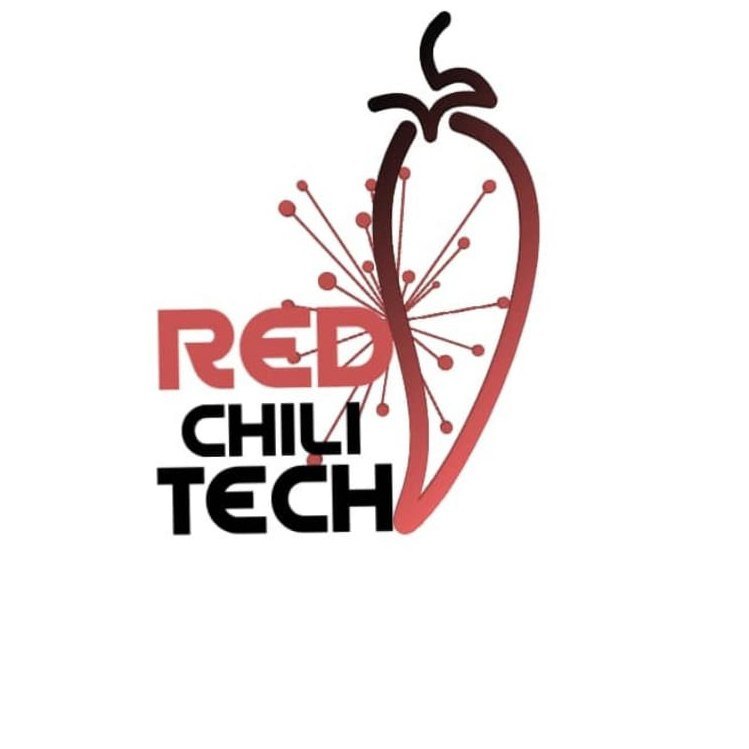re you tired of posting on Instagram sporadically and without a clear plan? A well-structured Instagram content calendar is the essential tool for any business or creator aiming for consistency, high engagement, and sustainable growth on this competitive platform.
A professional content calendar not only brings order to your process but also ensures your content is perfectly aligned with your marketing goals and audience persona. In this comprehensive guide, you will learn how to build an SEO-optimized and highly efficient Instagram content calendar.
1. Define Your Instagram Content Strategy and Goals
Before diving into planning, you must establish why you are on Instagram. Proper goal setting is the foundation of any successful Instagram content strategy.
- Set SMART Goals: Is your goal to increase brand awareness? Drive website traffic? Boost your engagement rate? Or generate leads and sales? For example, instead of “get more followers,” aim for “increase followers by 15% in the next quarter.”
- Know Your Audience (Persona): Use Instagram Insights to analyze your audience’s age, gender, location, and, crucially, their peak activity times. Your content must be compelling to them.
- Audit Past Content: Look at which posts performed best (most saves, shares, and comments). This data tells you exactly what content your audience craves.
2. Establish Your Content Pillars
Content pillars are the 3 to 5 core themes that will form the bulk of your content. These pillars must resonate with your brand’s identity and goals to maintain strong brand consistency.
| Content Pillar | Primary Goal | Examples |
| Educational | Solve audience problems, demonstrate expertise | Step-by-step guides, tips & tricks, informational infographics |
| Entertaining | Capture attention and boost engagement rate | Relevant memes, fun challenges, behind-the-scenes (BTS) glimpses |
| Promotional | Drive a specific action or sale (CTA) | Product/service launches, special offers, customer testimonials |
| Inspirational | Create emotional connection and share values | Success stories, motivational quotes, showcasing company culture |
SEO Tip for Instagram: Naturally incorporate your main keywords into the themes and captions of relevant posts.
3. Choose a Tool and Design Your Calendar Template
You need a practical tool for organization. The best Instagram content calendar tool isn’t necessarily the most expensive.
- Recommended Free Tools:
- Google Sheets / Excel: Simple, free, shareable, and great for beginners.
- Google Calendar: Excellent for a visual overview and scheduling publishing times.
- Trello / Asana: Ideal for managing team tasks and the content production workflow (ideation, creation, review, scheduling).
- Essential Calendar Elements: Your calendar template should include at least the following columns:
- Publish Date and Time (Based on peak audience activity)
- Content Pillar
- Content Type (Feed Post, Reel, Story, Carousel, Live)
- Topic / Post Title
- Caption and Hashtags (Including relevant hashtags and core keywords)
- Associated Link (If applicable)
- Status (In Progress, Ready to Schedule, Published)
4. Plan Your Posting Schedule and Timing
Consistency is key to the algorithm. Determine the frequency and optimal times for your posts.
- Long-Term vs. Short-Term Planning:
- Long-Term (3-6 Months): Mark down important holidays, seasonal campaigns, and key product launch dates.
- Short-Term (1 Week – 1 Month): Fill in the exact post details based on your content pillars. (e.g., Monday: Educational Reel, Wednesday: Inspirational Carousel, Friday: Promotional Post).
- Identify Golden Hours: Based on your Instagram data, select the times when your audience is most active and schedule your posts accordingly.
- Use Scheduling Tools: Leverage tools like Meta Business Suite, Buffer, or Hootsuite to automate the publishing process.
5. Content Creation and Optimization (SEO)
Your content must be high-quality and optimized for discoverability on Instagram’s search.
- Focus on Visual Quality: Instagram is visual. Ensure your images and videos are high-resolution, well-lit, and consistent with your brand’s visual identity.
- Optimize Captions:
- Keyword in the Beginning: Place your core keywords naturally in the first paragraph of your caption (especially for Reels) to help with Instagram’s search functionality.
- Strategic Hashtag Use: Prepare a set of 3 to 5 relevant hashtags, mixing popular, niche, and branded tags for each post.
- Clear Call-to-Action (CTA): Prompt your audience to comment, save, share, or visit the link in your bio.
- Write Alt Text: For important images, fill in the Alt Text with descriptive text and relevant keywords. This helps both the Instagram algorithm and accessibility.
6. Analyze and Refine Your Content Calendar
The content calendar is a living document. You must periodically review and optimize it.
- Track Key Metrics: Check your engagement rate, saves, profile visits, and follower growth weekly or monthly.
- Audience Feedback: Pay close attention to comments, DMs, and Story polls. Create more content based on what gets the most positive response.
- Adjust Your Strategy: If a content pillar is underperforming, replace it with a more successful theme or try new formats (like Reels or Carousels). Adjust your posting times based on the latest data.
By following this definitive guide to creating an Instagram content calendar, you will move from reactive posting to a strategic content planner, positioning yourself for focused growth and engagement on the platform.
